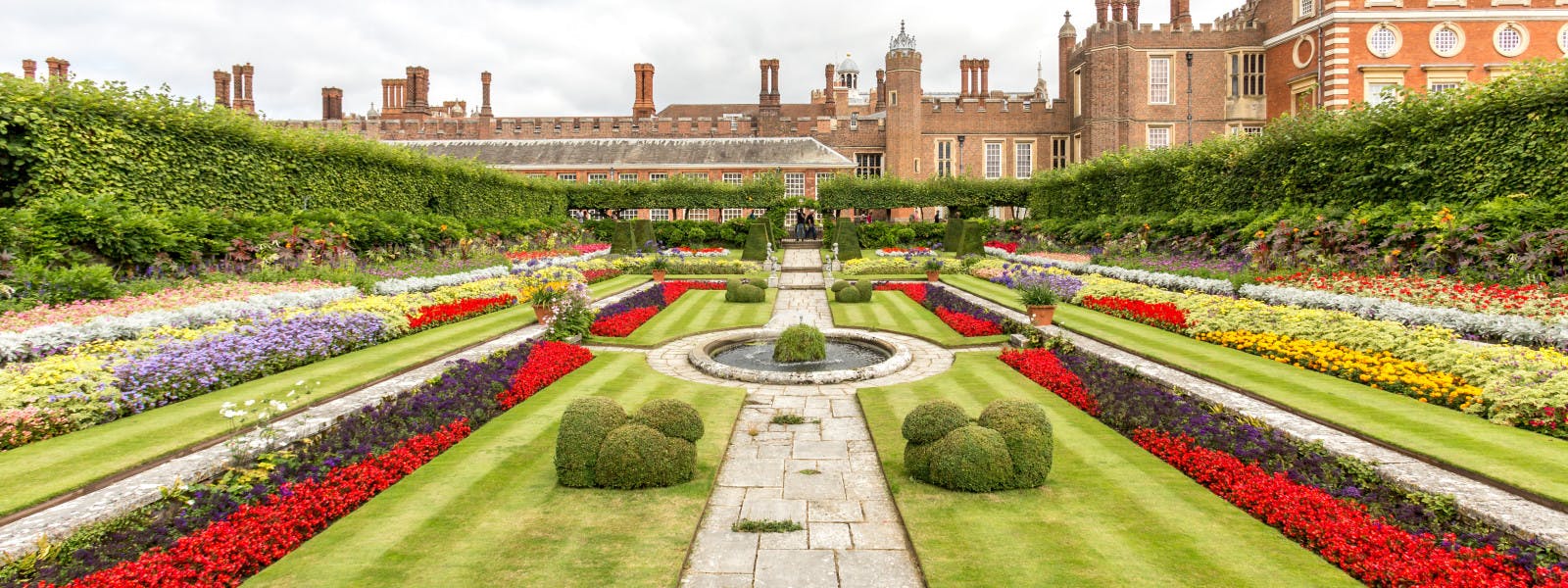
Gardens enjoyed by kings, queens and visitors from all over the world
500 years of gardens history
These gardens, now visited by thousands of people every year, were once the exclusive playground of kings and queens. New ideas and designs arrived with each new era, from the Tudors through to the Victorians.
Monarchs and their gardeners have all influenced the gardens in different ways. In the early 1500s Thomas Wolsey laid out the first small knot gardens, before Henry VIII took over the palace, strutting through his heraldic privy (private) garden and hunting deer in nearby Bushy Park.
From Charles II’s elegant Long Water, to William III and Mary II’s fine baroque gardens, including the Maze, to dazzling displays of Victorian mass bedding, Hampton Court Gardens have always been at the cutting edge of design.
Today the Gardens and Estate team continue the work of past royal gardeners.


Image: The Great Fountain Garden and the baroque palace. © Historic Royal Palaces
The Great Fountain Garden
William III and Mary II (1689-1702) created the Great Fountain Garden on the East Front to complement their elegant new baroque palace.
Their gardener, Daniel Marot, created a garden containing 13 fountains and planted two radiating avenues of Yew trees in the fashionable form of a goose foot.
After being opened to the public on the orders of Queen Victoria in 1838, the Great Fountain Garden became the highlight of a visit to Hampton Court Palace.
Huge numbers of people came to view the splendid displays of mass flower bedding.

Image: The Privy Garden. © Historic Royal Palaces
The Privy Garden
The Privy Garden, meaning private garden, was created to allow a quiet space for the monarch’s exclusive use.
Henry VIII designed his as a heraldic garden; later, art collector Charles I created a simple Italianate style garden in which to display his classical statues.

Henry VIII's lost gardens at Hampton Court
Discover a vast, glittering complex of lost Tudor buildings
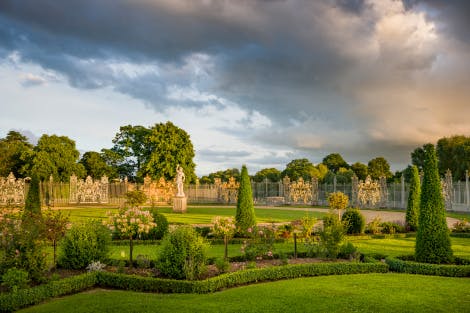
Image: The south end of the Privy Garden looking towards the Tijou Screen and the marble statue of Apollo Gazing at the Sun. © Historic Royal Palaces
Formal elegance
The Privy Garden today is a 1995 reconstruction of William III’s 1701 formal privy garden.
William III didn’t live to enjoy his new garden. In 1702, he fell from his horse and died two weeks later.
Bordering the Privy Garden at the river’s edge is the magnificent Tijou Screen, designed by French master blacksmith, Jean Tijou in 1690 and a copy of the statue of Apollo Gazing at the Sun.
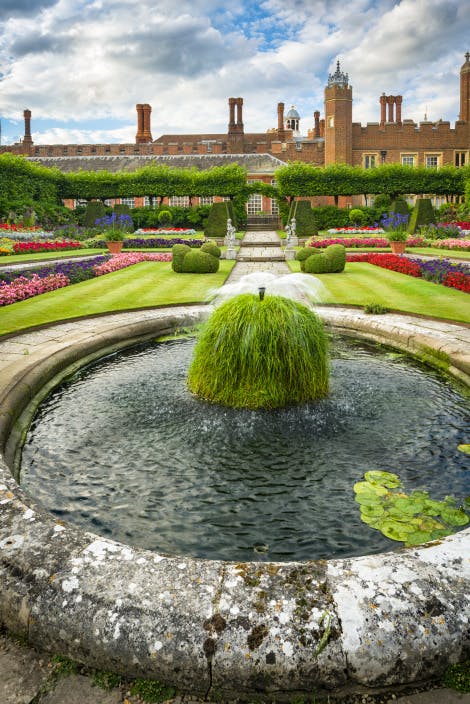
Image: The Pond Garden looking north across the pond and fountain. © Historic Royal Palaces
The Pond Gardens
This part of the gardens was once a medieval fish farm, as its rather odd name suggests.
The drained, south-facing walled compartments provided shelter for tender exotic plants, particularly those collected by Mary II from all over the world.
The English traveller Celia Fiennes visiting the palace in 1691 described seeing ‘fine aloes, paricantha, myrtles, oranges and oliantas’.
Take a look around the Pond Garden on our 360-degree image, created in partnership with Google Arts & Culture.
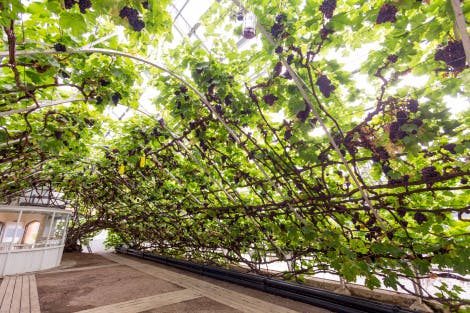
Image: The Great Vine and viewing platform. © Historic Royal Palaces
The Great Vine
At the end of the Pond Garden is a glass house containing the world-famous Great Vine, thought to be the oldest (and largest) in the world. This is a Black Hamburg eating variety, planted in 1768 by Lancelot Capability Brown.
Until 1920, the grapes grown here were exclusively for the royal table; now the delicious ripe grapes are harvested daily in September and sold to visitors.
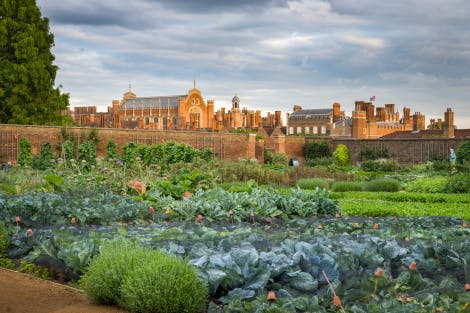
Image: The Kitchen Garden overlooking the Tudor palace. © Historic Royal Palaces
The Royal Kitchen Garden
In William III’s time, the area of Henry VIII’s old Tiltyard (where the restaurant and Magic Garden are today) was given over to six walled gardens growing food for the royal table. Following Queen Victoria’s opening of Hampton Court to the public, it was decided to devote the space to visitor enjoyment, eventually becoming a showy herbaceous garden.
The Royal Kitchen Garden today, which replaced the herbaceous garden, recreates William III’s walled garden. A fascinating (and tasty) selection of old varieties of fruit and vegetables are grown, and in summer, fresh produce is on sale to visitors once a week.
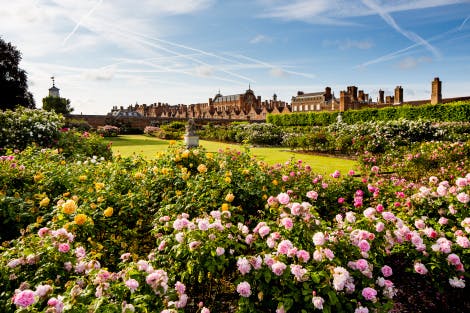
Image: The Rose Garden looking south-east towards the Tudor palace. © Historic Royal Palaces
The Rose Garden
As part of the changes to the old kitchen gardens in the early 20th century, one of the walled compartments between the café and the barracks yards was laid out informally as a rose garden. It was planted with old English scented roses to delight visitors.
Ten years later it was rearranged into the geometric pattern that exists today, and hybrid roses planted. However, many of the lovely old varieties, with their heady scent, have been re-introduced in the Rose Garden. The statues of Flora and Adonis moved in with Abundance (shown) in 1995, after they were evicted from the restored Privy Garden.

Image: Cyclamen in the Hampton Court Palace Wilderness, in early spring. © Historic Royal Palaces
The Wilderness
The Wilderness began its royal existence in 1531 as Henry VIII’s orchard. It stayed as an orchard until the late 1600s, when the decision was made to modernise it, probably by Charles II’s mistress, Lady Castlemaine.
She commissioned and created a garden inspired by the Italian grove or bosco, which became known in English as ‘wilderness’, where clipped and interwoven trees created outdoor compartment, or ‘rooms’, divided by shady paths.
The Wilderness in spring
In the early 1800s, the Wilderness was tidied up and planted with flowering shrubs and small woodland trees.
Daffodils were planted in the open areas, increasing year on year until today there are over 12,000, with around a million bulbs in the garden in total, making for a breath-taking spring display.
The Wilderness has for centuries been a place for quiet contemplation of nature.
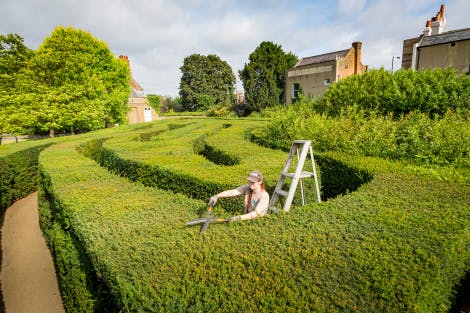
Image: A staff member cuts the hedge maze at Hampton Court Palace © Historic Royal Palaces
The Maze
The famous Maze is situated to the north of the palace, in the Wilderness area of the gardens. Its precise origins are as lost as the people in it. But it is most likely to have been made for William III in the last years of his reign and completed by Queen Anne’s gardener, Henry Wise.
The Maze features in a popular Victorian novel by Jerome K Jerome, ‘Three Men in a Boat’. The author describes a visit by his hero Harris to the Maze, where Harris underestimates the difficulty of solving the puzzle. He and his two friends get hopelessly lost and have to be rescued.
When the gardens were thrown open to the public in 1838 the Maze became one of the most popular parts of a day out at the palace, as it remains today!

Image: Aerial view of the Maze in the gardens at Hampton Court Palace © Historic Royal Palaces (Photography by Aerial Vue)
It’s very simple … it’s absurd to call it a maze… We’ll just walk around for ten minutes and then go and get some lunch…
The overconfident Harris, from ‘Three Men in a Boat’, 1889

Image: The Tiltyard Garden looking north-east towards spring bedding in 2019. © Historic Royal Palaces
The Tiltyard
The Tiltyard was originally what its name suggests – a tournament area laid out by Henry VIII with five towers to watch the jousting. By the 1600s, most of the site became walled kitchen gardens.
Following the accession of George III, some of these gardens were leased to local market gardeners to grow and sell produce themselves.
In the 1900s, the area was then devoted to providing visitor amenities, including a tea house, a forerunner of today’s Tiltyard Café, a tennis court and a putting green.

Image: The Magic Garden today. © Historic Royal Palaces
The Magic Garden
The Magic Garden, a green space and children’s play area, was formally opened by the Duchess of Cambridge in March 2016. Designed by Robert Myers Associates together with leading play experts, the garden follows in a long line of new gardens installed at Hampton Court over the centuries.
Built on the site of Henry VIII tournament grounds, this one-acre garden is inspired by Tudor motifs and legendary heraldic creatures. It contains child-friendly planting, towers and walkways, and an amphitheatre for play and performances, and even a steam-breathing dragon!

Image: HRH the Duchess of Cambridge (now the Princess of Wales) at the opening ceremony for the Magic Garden in May 2016. © Historic Royal Palaces
Giving our gardens a future, for everyone

Responding to Climate Change in the Hampton Court Gardens
Change in the gardens is part of Hampton Court Palace's 500-year history. But as our climate changes, so do our gardens.
In this blog, Head Gardener Graham Dillamore explains how his team are responding to these new challenges.
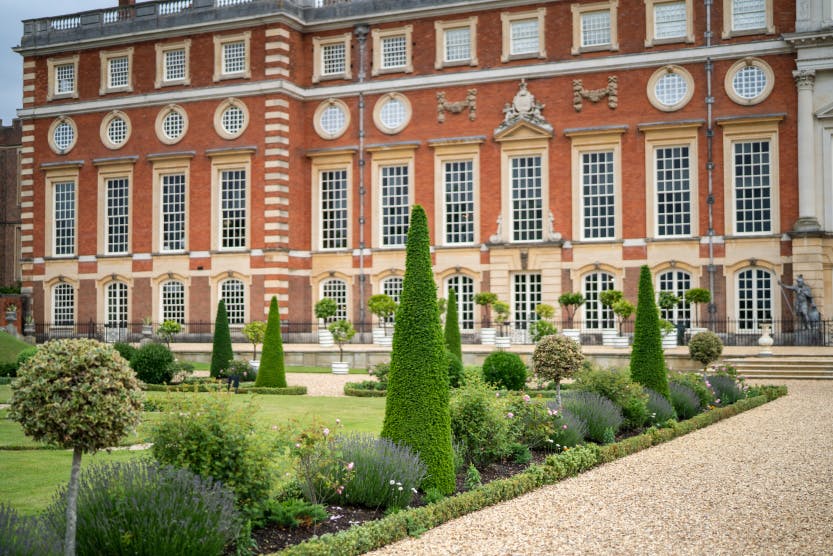
A year in the life of Hampton Court Palace gardens
Discover more about our gardeners look after the gardens at Hampton Court Palace with our interactive story, created in partnership with Google Arts & Culture.
Browse more history and stories

Henry VIII's children
All three ruled England
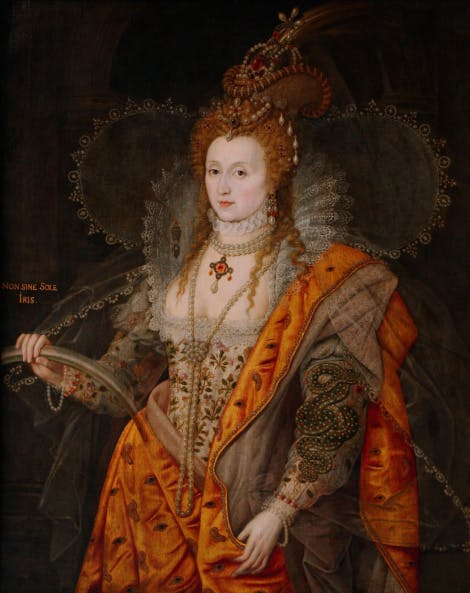
Elizabeth I
From Tower prisoner to English Queen

Henry VIII's lost Tudor gardens
Discover a vast, glittering complex of lost Tudor buildings
Explore what's on

- Events
RHS Hampton Court Palace Garden Festival
Join us for a fun-filled celebration in the stunning setting of Hampton Court Palace in summer 2025.
-
Until 06 July 2025 (RHS Members’ Days: 01 and 02 July)
- Hampton Court Palace
- Separate ticket (palace admission not included)

- Families
- Events
Henry VIII's Joust
Experience Henry VIII's Joust at Hampton Court Palace as the country's greatest knights battle it out. Don’t miss this thrilling live Tudor event.
- 12-13 and 19-20 July 2025
- Hampton Court Palace
- Included in palace admission (Members go free)

- Things to see
Kitchen Garden
Experience the recreated Kitchen Garden, which would have fed the Georgian royals and now supplies Henry VIII's Kitchens.
- Open
- In line with palace opening hours
- Hampton Court Palace
- Included in palace admission (Members go free)
Shop online

Shop Tudors
Find the perfect gift for collectors and history enthusiasts in our treasure trove of souvenirs inspired by this ever-fascinating dynasty.
From £3.00

Shop Goblets & Tankards
Discover our decadent range of goblets and tankards inspired by the palaces in our care, the perfect gift for any history fan.
From £10.00
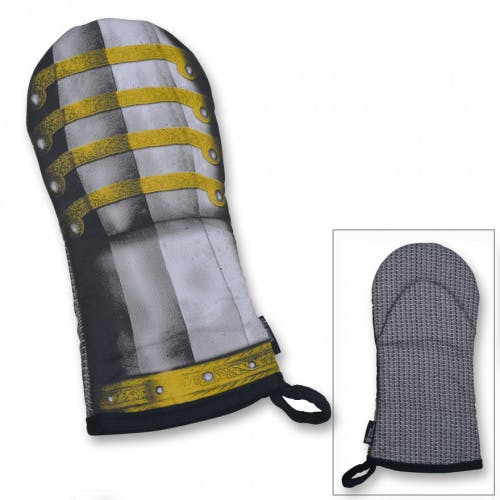
Henry VIII Gauntlet Armour Oven Glove
This fun oven glove is inspired by a suit of armour made for Henry VIII in 1540, currently on display at the Tower of London.
£18.00
